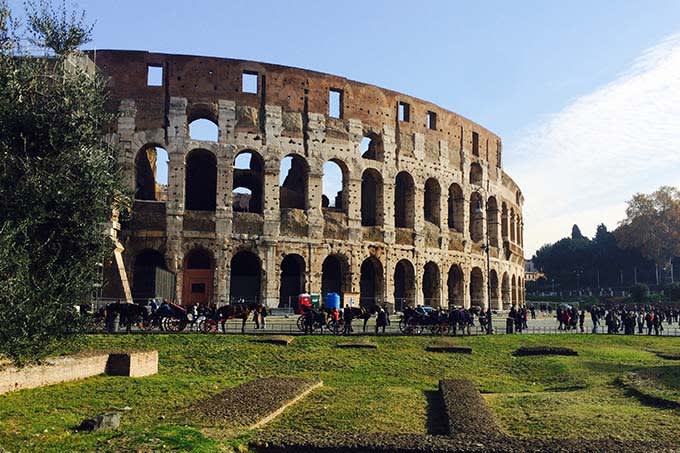Megan Hills
Our Favourite Coliseum Facts
Gladiators, tournaments, Nero and more - here are some of the best Coliseum facts!
This distinctive structure hearkens back to ancient Roman times, and more specifically to 72-80AD when Emperor Vespasian commissioned it to win favour with his subjects. With a colourful history spanning hundreds of years, it's racked up a few interesting stories and some great facts, check out our favourite coliseum facts below!The biggest events held at the Coliseum were free
Major public events like big gladiatorial tournaments and performances were open to the public, subsidised by the emperor to gain favour with citizens. With a capacity of over 50,000 spectators, that was no small feat - especially when you consider food was often free too!The Coliseum derives its name from the statue that used to stand nearby
A gigantic statue of Emperor Nero, named the Colossus of Nero, was a part of Nero's Park and stood beside the gigantic Flavian amphitheatre. Its name is an homage to that statue and to Nero's reign.Citizens used to be shaded by the Velarium, a retractable marquee
Italy is notorious for its burning sunshine and back in ancient times, a retractable shade would cover spectators during performances and was held up by 240 brackets. Since then, its been eroded and modern day visitors will have to brave the summer sun to explore the coliseum.The Coliseum has become a symbol of resistance against capital punishment
In an act of redemption for its bloody gladiatorial past, the coliseum's lights shift from white to gold for 48 hours whenever a death sentence is commuted or overturned. It has also become a site of protest against capital punishment and its golden lights were last lit in 2012, when Connecticut abolished the death penalty.